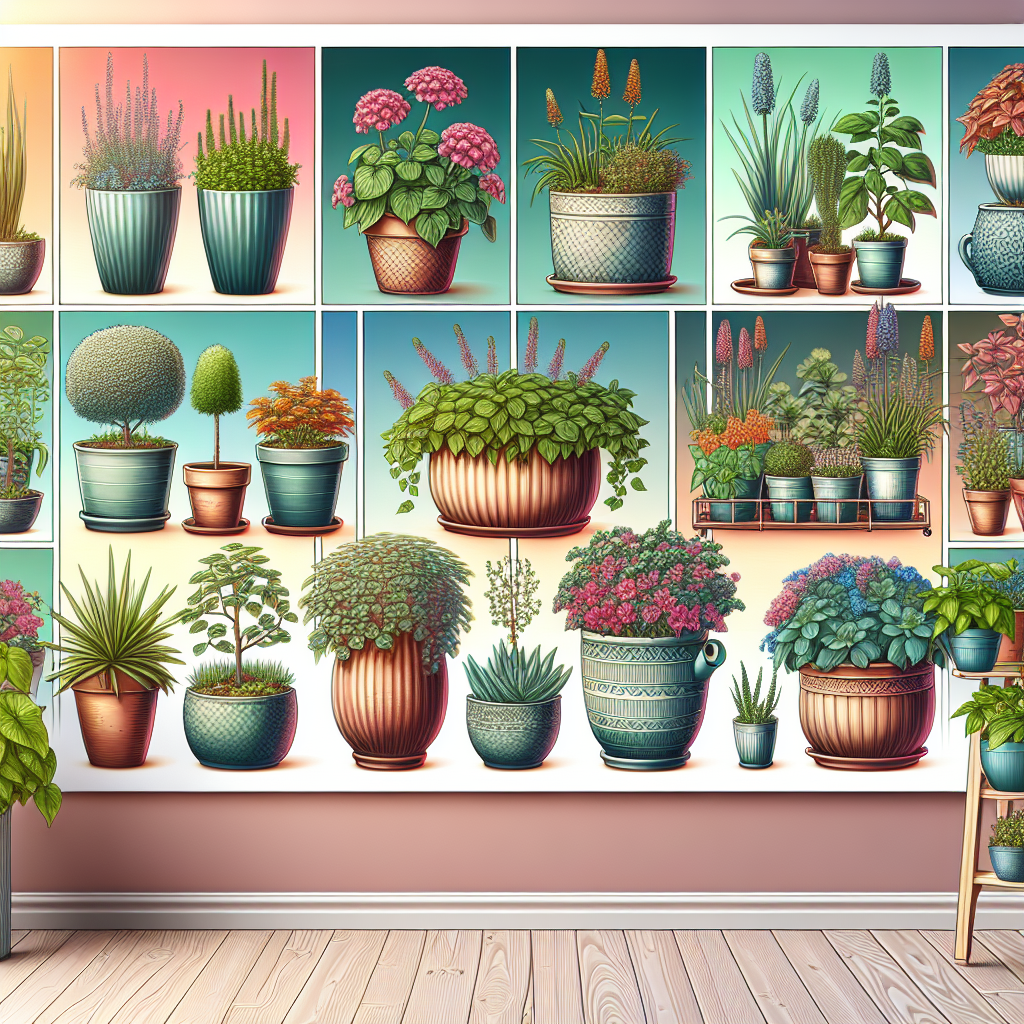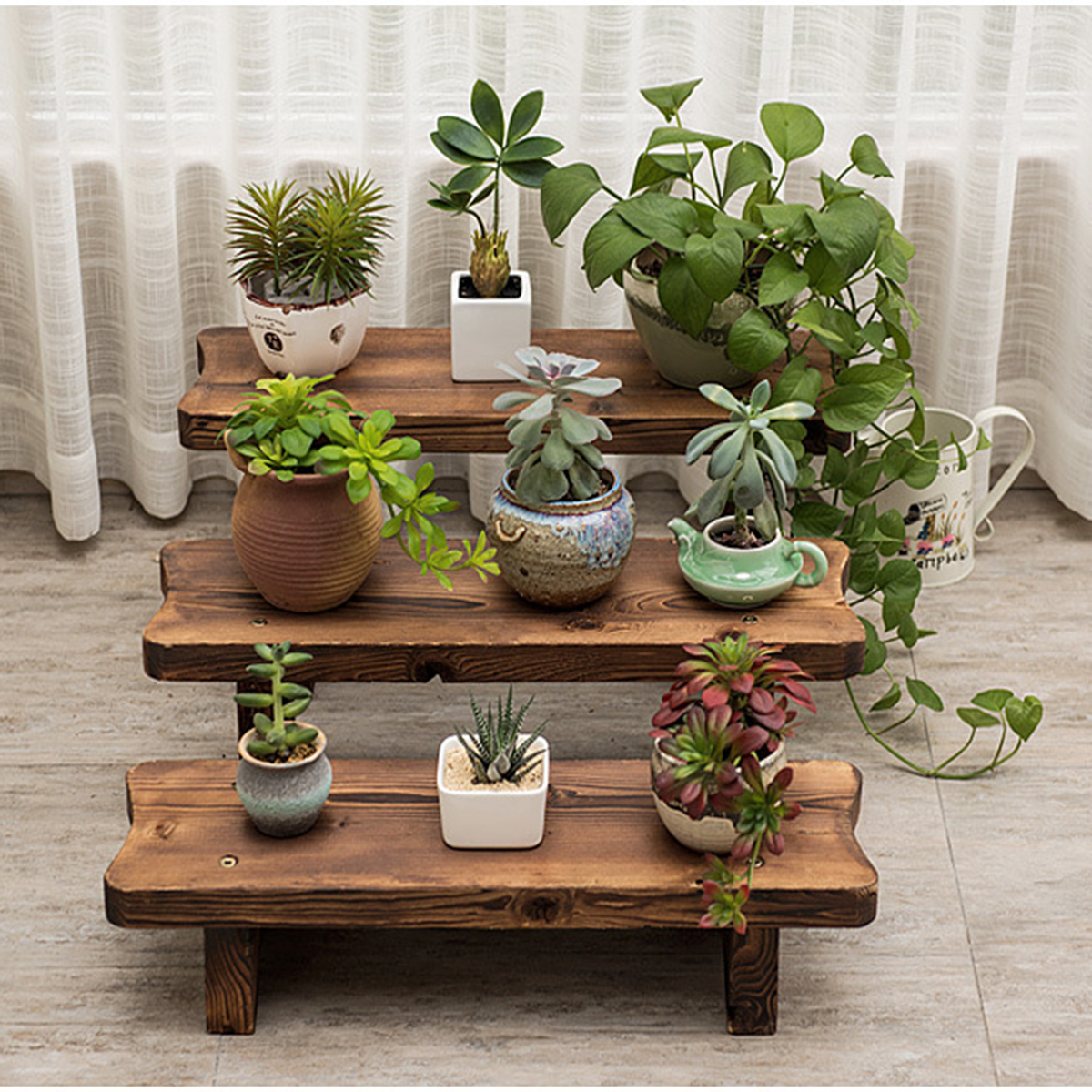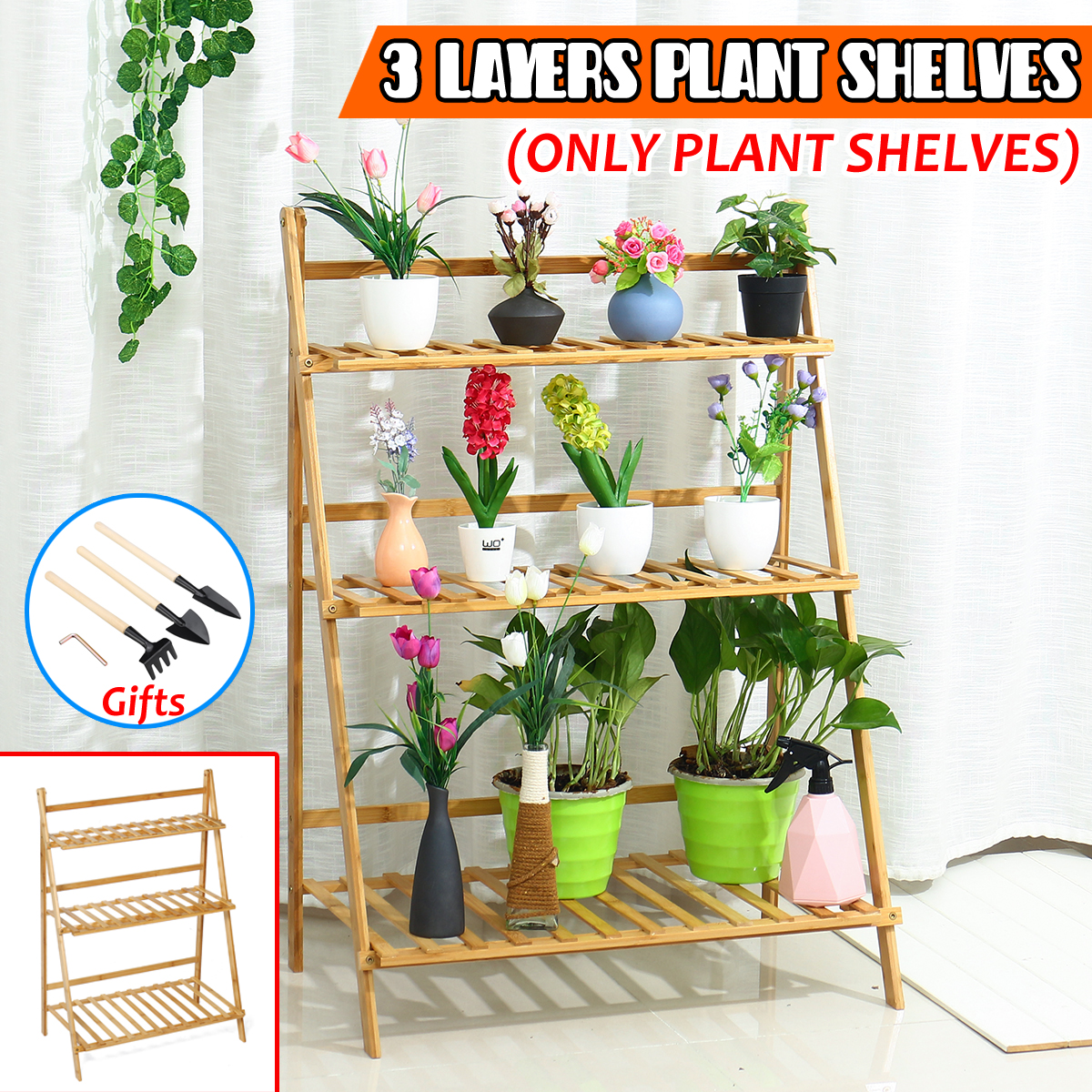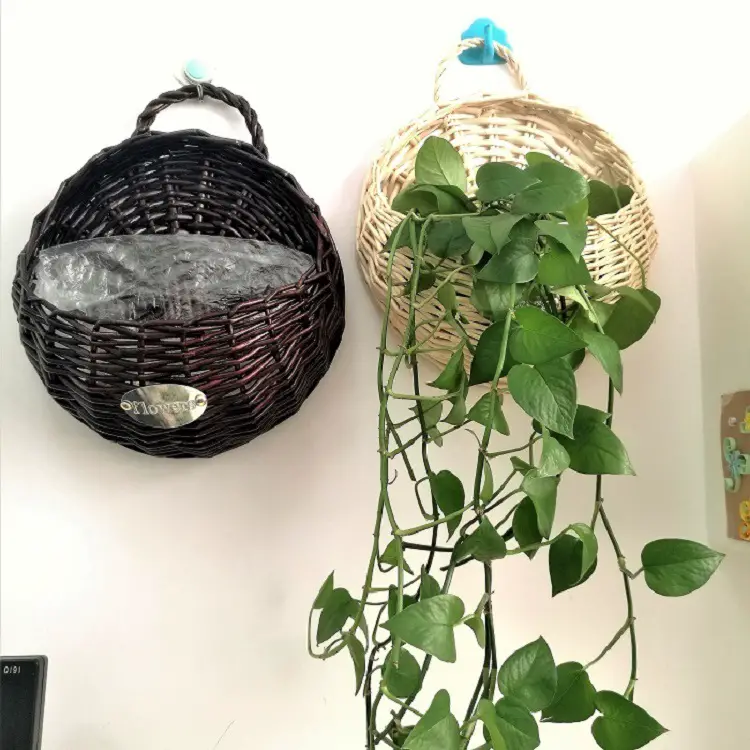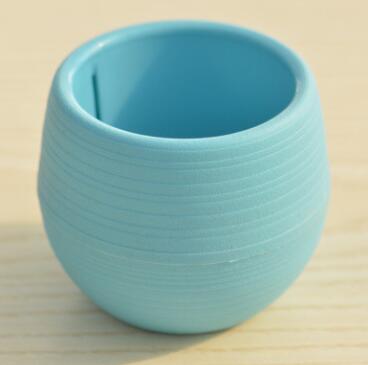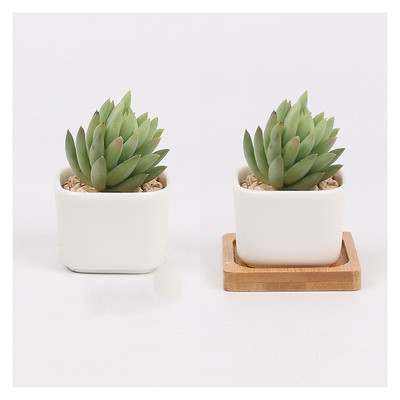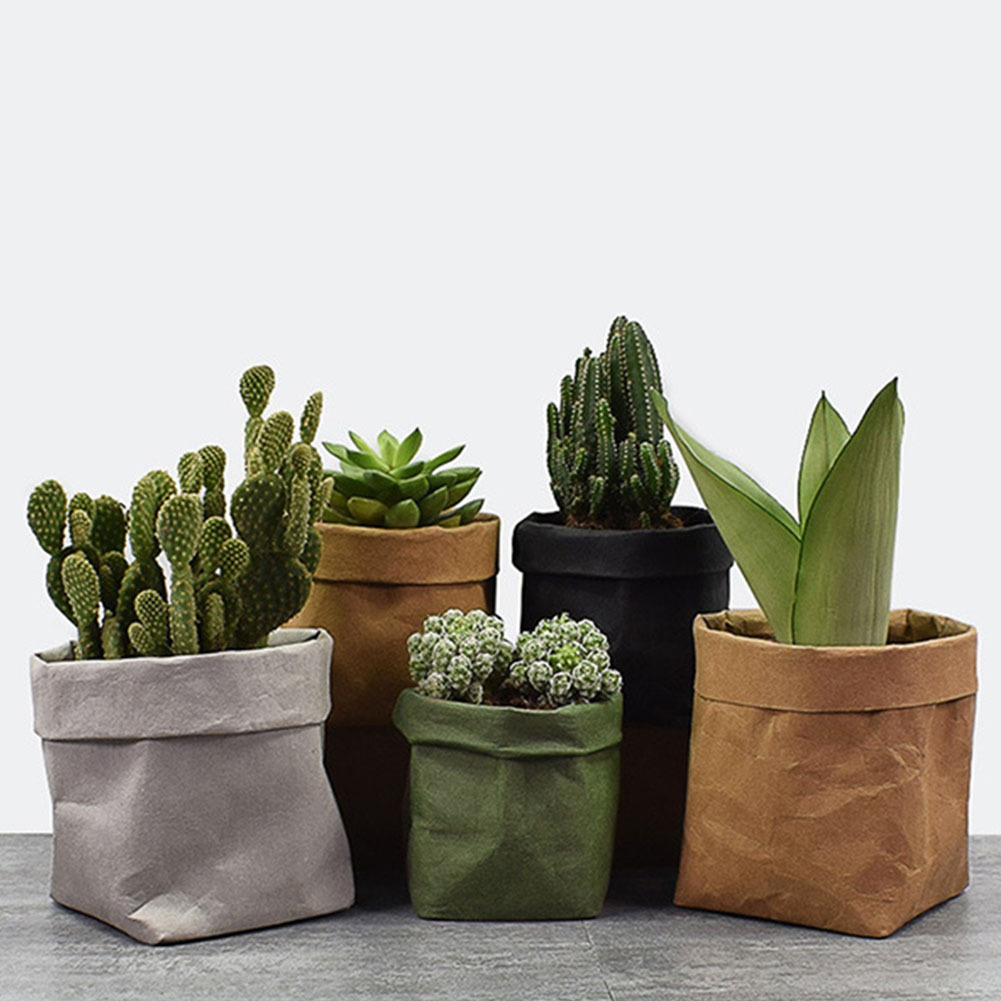A Beginner’s Guide to Indoor and Outdoor Container Gardening
Gardening has long been a favored pastime, offering therapeutic relaxation and the joy of nurturing life. Yet, for many, the prospect of tackling a sprawling outdoor garden can feel daunting, particularly for those residing in urban areas with limited space. Enter container gardening — a versatile, manageable, and accessible solution that can bring the joy of gardening into any home, regardless of space constraints. This beginner’s guide to indoor and outdoor container gardening will walk you through everything you need, from selecting the right containers and plants to mastering watering systems.
The Appeal of Container Gardening
Container gardening offers numerous advantages. It’s ideal for those with limited space, such as apartment dwellers, as well as anyone looking to add a pop of greenery in small or unusual spaces. Moreover, containers can be placed on balconies, patios, rooftops, or indoors near windows, making plant care easy and flexible.
Containers also allow you to manage the growing conditions better. You can control the soil type, watering, and exposure to light, tailoring each environment to the specific needs of different plants. Additionally, container gardening can reduce the risk of soil-borne diseases and pests, leading to healthier plants.
Starting Small: Container Gardening Made Easy
Container Gardening Made Easy: Tips and Tricks for Success
To embark on your container gardening journey, here are some basic tips and tricks to ensure success:
-
Select the Right Containers: The choice of containers affects plant growth. The size should be proportionate to the plant’s needs. Ensure good drainage by selecting pots with drainage holes at the bottom. Materials like terracotta, ceramic, plastic, or wood matter, as they influence moisture retention.
-
Choose the Right Soil: Use a high-quality potting mix, not garden soil. Potting mixes are lighter and designed to provide excellent drainage and aeration inside containers. Some mixes are pre-fertilized, giving your plants a strong start.
-
Consider the Light Requirements: Assess the sunlight in the area where you plan to place your containers. Most plants require at least 6 hours of sunlight. For shaded areas, select shade-tolerant varieties, and consider using grow lights for indoor gardens with insufficient natural light.
-
Water Properly: Overwatering and underwatering are common pitfalls. Containers dry out faster than garden beds, so regular watering is crucial. Water thoroughly, allowing excess flow through the drainage holes. To check moisture, press your finger about an inch into the soil; water if it feels dry.
-
Select Suitable Plants: Start with easy-growing plants like herbs (basil, mint, parsley), salad greens, or hardy flowers like marigolds. As you gain confidence, diversify with vegetables like tomatoes or peppers and flowering plants like petunias.
-
Fertilize Regularly: Nutrients deplete quickly in container soils. Use a balanced liquid fertilizer every few weeks during the growing season to ensure plants receive all necessary nutrients.
Indoor Container Gardening
Indoor container gardening introduces greenery into living spaces, enhancing aesthetics and improving air quality. Here’s how to optimize your indoor garden:
-
Strategic Placement: Place plants near windows but away from drafts or heat sources. North or east-facing windows are typically ideal for moderate light needs, but assess each plant’s specific requirements.
-
Control Humidity and Temperature: Many indoor plants are tropical and prefer higher humidity. Use a humidifier or place a tray of water near plants to maintain humidity levels. Keep temperatures consistent, avoiding fluctuations.
-
Plant Choices: Opt for low-maintenance varieties like pothos, snake plants, or peace lilies. Herbs like rosemary and oregano also thrive indoors with proper light.
Outdoor Container Gardening
Outdoor containers can transform patios, balconies, and doorsteps. Here’s how to arrange them for an attractive, functional garden:
-
Layering and Heights: Group plants of varying heights and textures for visual interest. Taller plants at the back or center with trailing plants draping over edges create a dynamic effect.
-
Variety and Color: Mix flowering plants with foliage varieties for color and texture contrasts. Use complementary colors or seasonal blooms to maintain year-round visual interest.
-
Weather Considerations: Be mindful of weather conditions. Move containers in the case of harsh weather, or wrap them in protective coverings during frost threats.
Watering Systems for Container Gardening
Watering is critical to the success of any container garden. Innovations in irrigation can simplify this task, ensuring plants receive adequate moisture while minimizing waste.
How to Convert Your Potted Plants to a Slow Drip Watering System
A slow drip watering system can be a game-changer. It conserves water and delivers it directly to roots, reducing surface evaporation. Here’s how to set up a simple system:
-
Collect Necessary Materials: You’ll need a large water reservoir or bucket, drip irrigation lines or spaghetti tubing, emitters, and connectors.
-
Assembly:
- Place the reservoir at an elevated position relative to the pots.
- Connect the mainline hose to the reservoir.
- Insert spaghetti tubing branches into the mainline.
- Secure an emitter at each tube’s end, adjusting flow based on the plant’s water needs.
-
Adjustments and Maintenance: Check emitters routinely for clogs and ensure pressure is adequate for uniform distribution, altering flow as necessary throughout the seasons.
Solving Common Container Gardening Problems
While container gardening is generally low-maintenance, challenges may arise. Here’s how to tackle them:
-
Pest Management: Use organic methods such as neem oil or insecticidal soap to ward off pests. Regularly inspect plants for early detection.
-
Disease Prevention: Ensure proper drainage and avoid overcrowding to minimize disease risks. Remove any diseased plant parts promptly.
-
Nutrient Deficiencies: Signs like yellowing leaves indicate nutrient shortages. Regular fertilization and soil amendments help maintain nutrient balance.
Sustainability and Container Gardening
Container gardening is not only a hobby but can contribute to sustainability. It promotes local biodiversity, allows you to grow your own food, and can potentially reduce waste through composting practices.
-
Composting: Small-scale composting in urban settings can enrich your soil and reduce kitchen waste.
-
Plant Pollinator-Friendly Varieties: Include plants that attract bees and butterflies to support local ecosystems.
-
Reuse and Recycle: Use recycled materials for containers and support ecological practices by minimizing chemical use.
Conclusion
Container gardening offers a fulfilling and versatile entry into the world of plant care, whether your goal is to beautify your living space, grow your own herbs and vegetables, or simply indulge in a rewarding pastime. By starting with the fundamentals — selecting appropriate containers and plants, optimizing watering and light conditions, and addressing challenges head-on — even the most novice gardener can enjoy the lush results of their labor.
As you progress, you can experiment with new techniques and a broader variety of plants, expanding your skills and enhancing the satisfaction that comes with nurturing nature, one container at a time. With patience and persistence, your efforts will not only yield aesthetic beauty but also a deeper connection to the natural rhythms of life.


